This week, we are experiencing tension between opposing forces. Newly relaxed restrictions on parks and trails offer optimism while growing rates of infection and lives lost keep us wary. We have simultaneously felt fear and hope throughout the pandemic. We long for what we had while anxiously anticipating what the future will bring.
The ability to hold this delicate balance in life that feels heightened now is embodied in this week’s attribute, Tiferet. Elements of tiferet – beauty and compassion, radiance and harmony – both contradict each other and combine in one quality. To pursue the completeness of tiferet, we must embrace the same tension between these differing parts within ourselves.
Many sources offer lessons in striking balance while finding connection between extremes, from yoga poses to biblical characters to giving back.
- Yoga: Tree pose in yoga requires focusing on a strong core in order to stabilize on the ground and stretch even higher upward. In Jewish tradition, the body represents a chain between the tangible and the spiritual, the earth and the heavens. We have within us both roots in the ground and the desire to ascend.
- Jacob: Tiferet is represented by Jacob, who held both spiritual and earthly qualities. Jacob’s well-known dream about a ladder connected the earth and heavens. A ladder’s legs are rooted in the ground and extend to the sky. Ladders are not designed for resting, but for intentional movement between opposite ends and destinations.
- Tzedakah: Giving tzedakah (charity) similarly epitomizes using a physical, earthly thing to uplift others. Recognizing someone else’s needs and lightening their burden makes a typically superficial act, exchanging money, entirely spiritual. This article recalls interpretations from Jewish wisdom as inspiration for radically generous giving during this time when basic needs are mounting and uncertainty clouds our judgment.
We can’t help but notice the timely expression of tension with the back-to-back observances of Yom Hazikaron (Israel’s Memorial Day) and Yom Ha’atzmaut (Israel’s Independence Day) this week. We mourn those who have given their lives for the State of Israel and in an instant, transition to jubilant celebration of Israel’s independence. The contrast of these observances and the emotions they evoke on successive days is itself an exercise in navigating the tension between extremes. The deep pain is accompanied by great joy and pride; sadness and happiness are never far apart.
It’s no wonder that this week our attention should be on striking balance between the devastating news, what we have become accustomed to during physical isolation, and the pull to absorb beauty and radiance in the world. We must live with the realities of the moment. At the same time, we don’t want to lose the ability to look up and ahead.
This week, we can work toward the ability to embrace this tension without fear, beyond the impulse to be pulled toward only one dimension.
Actions:
- Just as we strive to stretch upwards, we can reach across. While remaining rooted in our own view of the world, we can pursue connection with compassion. How has this upheaval brought you surprising similarities with people who are unlike you?
- What can you do physically to activate balance?
- What are your roots and ladders?
- These days, we are honoring transitions and life cycles, the beginnings and endings of life’s seasons, differently. What is a surprisingly meaningful aspect of a life cycle event you’ve experienced or witnessed during physical distancing that you would like to adopt?
Today we count eighteen days, which is two weeks and four days of the Omer.
Written by
Chaya Gilboa, Director of Jewish Engagement
Jessica Kort, Director of Communications and Strategy
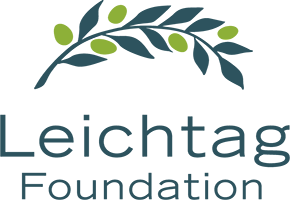

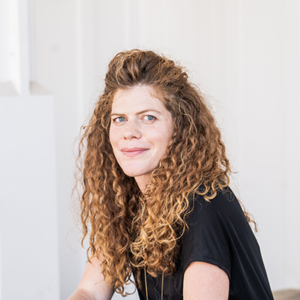
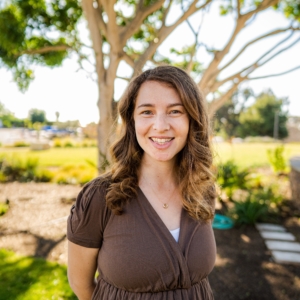

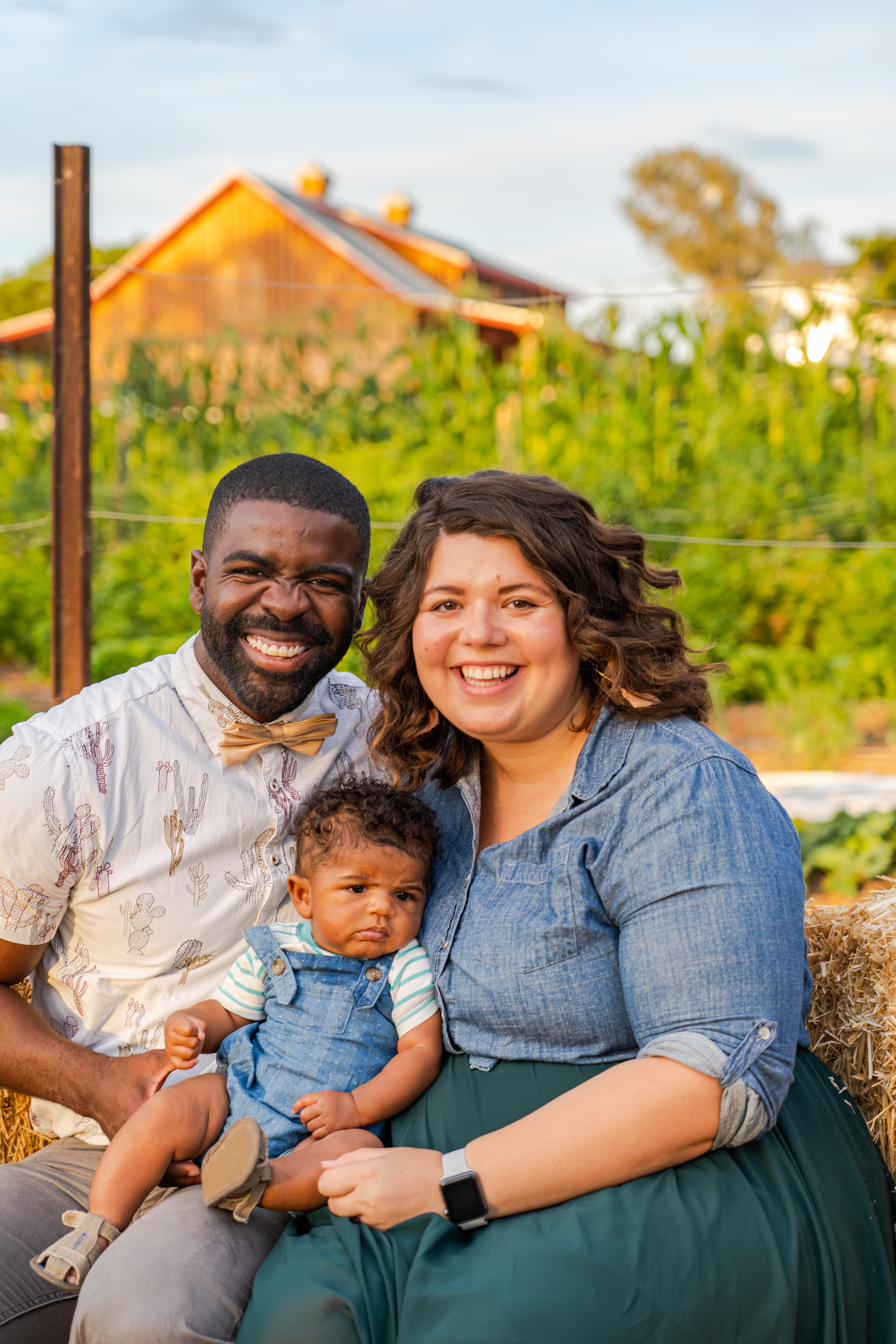

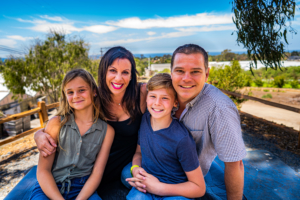
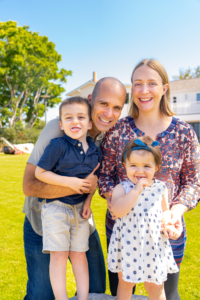 Stacie and Jeff Cook understand commitment. They live it.
Stacie and Jeff Cook understand commitment. They live it.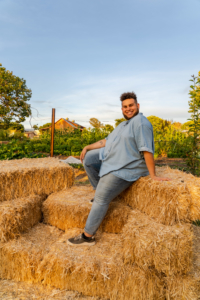 Black, Jewish and Queer. These three identities weave the fabric of who I am, but it took a long time to believe that they could exist together.
Black, Jewish and Queer. These three identities weave the fabric of who I am, but it took a long time to believe that they could exist together. Lee and Toni Leichtag established the Leichtag Foundation in 1991 following the sale of their business. Lee and Toni were lifelong entrepreneurs with a passion for innovation and for supporting talent. They believed that only with big risk comes big reward. Both born to families in poverty, Toni to a single mother, they strongly believed in helping those most in need and most vulnerable in our community. While they supported many causes, their strongest support was for young children and the elderly, two demographics who particularly lack voice in our society.
Lee and Toni Leichtag established the Leichtag Foundation in 1991 following the sale of their business. Lee and Toni were lifelong entrepreneurs with a passion for innovation and for supporting talent. They believed that only with big risk comes big reward. Both born to families in poverty, Toni to a single mother, they strongly believed in helping those most in need and most vulnerable in our community. While they supported many causes, their strongest support was for young children and the elderly, two demographics who particularly lack voice in our society. Lifelong Baltimoreans, Rabbi George and Alison Wielechowski and their sons, 11-year-old Lennon and 9-year-old Gideon, are more than pursuing the good life in Southern California. Having moved to San Diego more than three years ago, they are fulfilling a lifelong dream.
Lifelong Baltimoreans, Rabbi George and Alison Wielechowski and their sons, 11-year-old Lennon and 9-year-old Gideon, are more than pursuing the good life in Southern California. Having moved to San Diego more than three years ago, they are fulfilling a lifelong dream.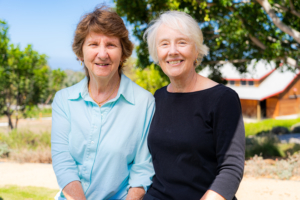

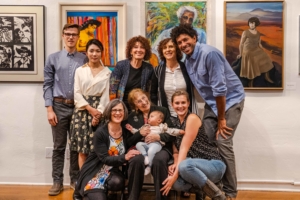
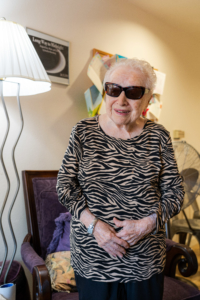
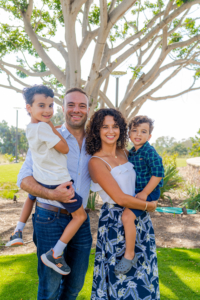
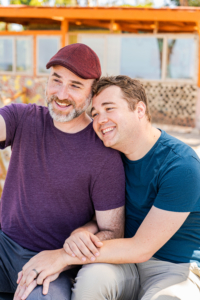
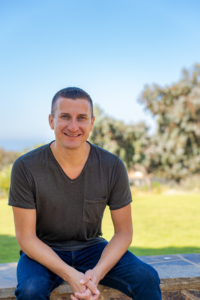 You would think that as the executive director of San Diego LGBT Pride, Fernando Zweifach López Jr., who uses the pronoun they, has done all the coming out they possibly can. A queer, non-binary individual who has worked for many years on civil rights issues, López also speaks openly and often about their father’s family, Mexican-American migrant workers who tilled the fields of rural California.
You would think that as the executive director of San Diego LGBT Pride, Fernando Zweifach López Jr., who uses the pronoun they, has done all the coming out they possibly can. A queer, non-binary individual who has worked for many years on civil rights issues, López also speaks openly and often about their father’s family, Mexican-American migrant workers who tilled the fields of rural California.